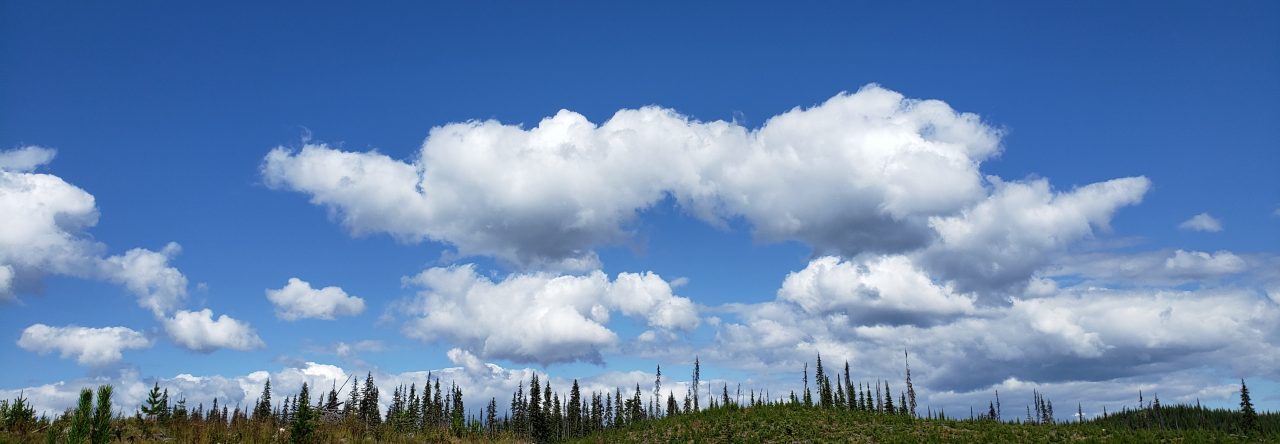Originally published as a column on CFJC Today Kamloops and Armchair Mayor News on Monday June 10th, 2019.
I cannot tell you how many times I wished that Styrofoam food containers would disappear. Call it a pet peeve but it goes beyond that. They leach harmful (albeit slow-acting and invisible) endocrine disruptors in the food stored in them, they are non-recyclable and indestructible, and one too many can be seen lying around parks or washing on river shores once the humans that emptied them have long left the scene.
The recent announcement by the federal government to ban many single-use plastics could not be timelier. Just about every week, if not daily, there is some more news about the ever-growing ocean garbage patches; marine life is chocking on plastics (this is not a figure of speech,) or feeding on it, as they mistake it for food. You don’t need to turn on the news in fact to see the sorry state we are in: everywhere you turn, there will be some single-use plastic, or parts of it, awaiting eternity or as close to eternity as can be, given the long (long) time needed for plastics to degrade. Which does not mean disappear. Plus, the microplastics: they are everywhere, including, we are told, in our table salt. There is a macabre ring to ‘here to stay’ when applied to plastics.
The cynics among us can say this new measure comes only as a response to the garbage container scandal that has recently put us on the naughty map, globally. Whatever the reasons, I welcome it as a step in the right direction.
If the rotting garbage containers belonging to Canada that are sailing back from the Philippines as we speak put us on the shame list, we are about to redeem ourselves as soon as the terms of the new single-use plastic legislation will be clarified and implemented. This reminds me of the bisphenol A (BPA) which was banned from plastic baby bottles in 2008 and declared toxic in 2010. Good bold moves.
Canada is home to the longest ocean shoreline in the world which carries an environmental obligation that cannot be whisked away. It is heartbreaking to see beautiful marine landscape invaded by plastics, mostly single use. It so happens that this week is Rivers to Oceans week, and on June 8 of every year we celebrate World’s Oceans Day. I am reluctant to stand up and cheer for all the international or national day of, given that in most cases the action behind the words is lagging, which renders the celebrations a tad hypocritical.
After all, a commissioned report by the federal government discovered that only about 9 percent of plastic is recycled in Canada, while 87 percent ends up in the landfill.
While many are applauding the ban, there are others questioning the inconveniences. There will be some for sure. Some have to do with comfort, others with practicality and convenience. It takes a bit more effort and thoughtfulness to live with less plastic, and ideally without any single-use plastic (save for the obligatory items the health industry is using, and really, for that we are grateful.) But we are better for it, environmentally and health-wise.
Plastic has been a widely used material for a long time now and it has proven itself invaluable in so many applications. But… and that is a big one, it has gone too far as more and more useless (but oh so convenient) plastic items started invaded the market. And invaded they did, not just the market, but the world as a whole, including remote areas that are not even inhabited by humans.
Legislated bans by the federal government will not solve the plastic problem completely but will serve as much needed basis for change within communities. Our parents used to say that any learned bad behaviour can be unlearned. Our insatiable plastic use, as a planet community, has reached gargantuan proportions and has come to affect more than anyone could have predicted. Blissful ignorance can no longer be used as an excuse though: We have learned to live with environmentally costly conveniences (which ultimately affect our health too,) and now we must unlearn that so we can see a better future.
People are wonderfully creative and that keeps me hopeful. This is a good opportunity to take the challenge of re-educating ourselves to use and reuse, to rely on durable products rather than flimsy throw-away items, and to reinvent ourselves as stewards of the only place we can call home: our beautiful planet. The only one we have.
